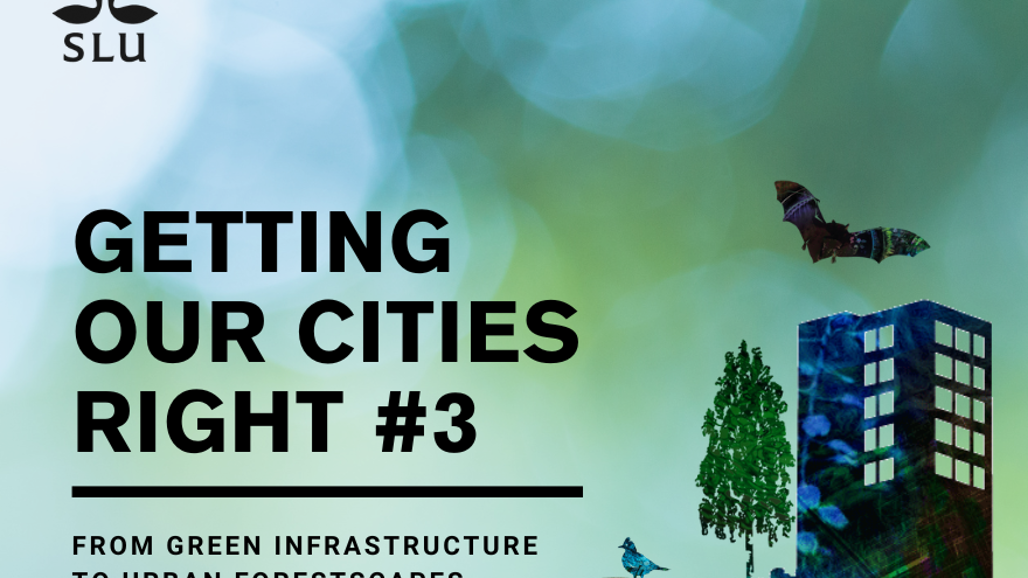
From Green Infrastructure to urban forestscapes
The third conference in the series Getting our Cities Right examined the intricate relationship between urban development and forest landscapes. Below you can find a resume of the main take-aways and reflections from the conference.
The event explored diverse perspectives on forest management and green infrastructure's role in achieving socio-ecological goals.
“The future of our planet depends on getting our cities right”
Maimunah Mohd Sharif, Executive Director, UN-Habitat
The two-day conference in Umeå explored the intersection of forest landscapes and processes of urbanisation, engaging with different actors’ values and interests and what these mean for the socio-ecological spaces connected to forests. The conference touched upon important issues relating to the planning and management of forests, industry perspectives on forest resource use, and the role of green infrastructure in bridging social, climate and environmental goals.
A site visit to Norra Skog allowed participants a view into the industrial landscape of forestry, where different land uses, forest management techniques and technologies impact the way forestscapes are shaped. A second stop on the tour demonstrated the potential of conservation forestry and how the planting of different trees can support biodiversity and the rehabilitation of endangered bird species. The final site visit to SLU Röbäcksdalen highlighted how multi-actor collaboration on-site can facilitate experimentation and co-learning about urbanisation, as well as provide a place for recreation and wildlife.
Urban Forestscapes as a ‘way in’
Conceptually and linguistically, the term urban forestscapes evokes a multitude of meanings and bridges parallel disciplinary fields namely urban and forests; urban studies, landscape architecture and social sciences on the one hand, and ecology, forestry and natural sciences on the other. The -scapes aspect refers to the intersection of urban spaces and forest spaces across multiple scales and through a complex range of processes. It provides a way to emphasize how forests intersect with urban processes across the landscape, interacting with places, people, meanings, and materials. In essence, a ‘scape’ is a deeply perspectival construct, constituted by the historical, linguistic and political situatedness of different actors, and the ways actors navigate and experience landscapes (in this case in connection to forests).
Urban Forestscapes may challenge conceptual, methodological, theoretical and practical approaches to working with forests and urban development by forcing communication and collaboration across sectors and disciplines. The broadness of the term can serve as a ‘way in’ for actors to engage with new ways of understanding and working. At the conference, it opened up for interesting and fruitful discussions on the values, perspectives and lenses we view the forest through.
What are urban forestscapes?
Some of the speakers at the Getting our Cities Right conference in Umeå reflect on how they view the term 'urban forestscapes'.
How do we get our cities right?
More perspectives and reflections on how we get our cities right, presented by the keynote speakers at the conference in Umeå.
Contact
-
PersonDimitris Athanassiadis